Author: Wade
Hi. I’m Wade Murray, and like everyone with a personal website, mine is horribly, terribly out of date. On the Internet my handle is normally wademurray, but you can still find blime in some of the older dustier places.
golden reishi (Ganoderma curtisii)
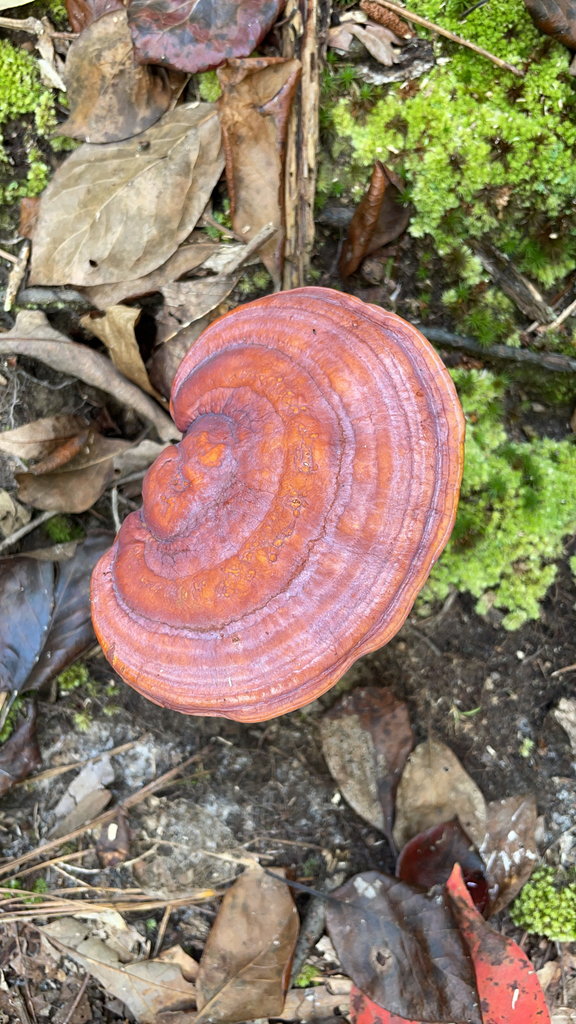
Ganoderma curtisii is a wood-decaying polypore whose distribution is primarily in the Southeastern United States. Craig and Levetin claim to have observed it in Oklahoma.
pinesap (Monotropa hypopitys)
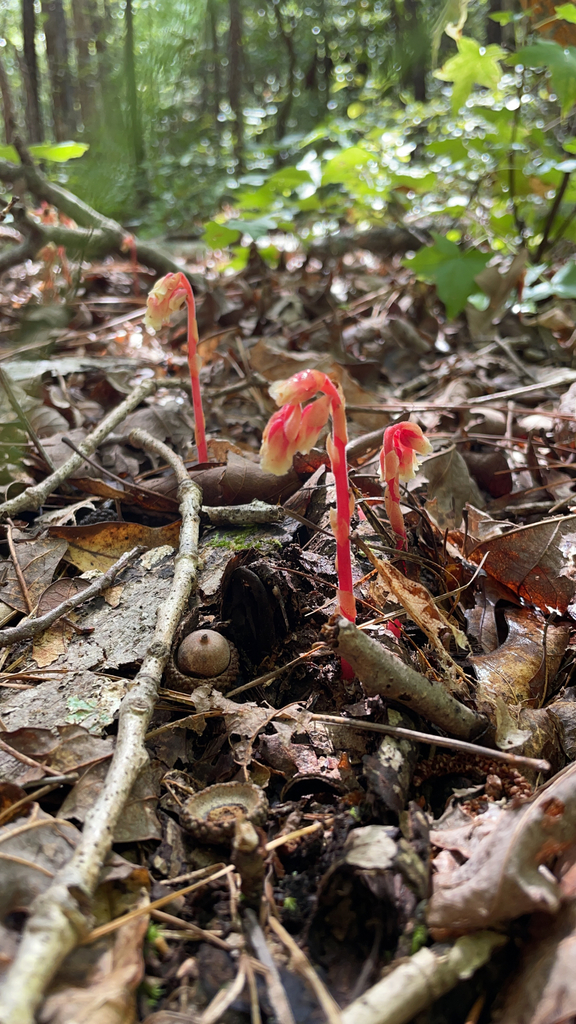
Monotropa hypopitys — called Dutchman’s pipe, false beech-drops, pinesap, or yellow bird’s-nest — is a herbaceous perennial plant, formerly classified in the families Monotropaceae or Pyrolaceae, but now included within the subfamily Monotropoideae of the blueberry family (Ericaceae). It is native to temperate regions of the Northern Hemisphere, and is scarce or rare in many areas. However, it is still the most widespread member of the subfamily. While cu

Ramaria formosa, commonly known as the beautiful clavaria, handsome clavaria, yellow-tipped- or pink coral fungus, is a coral fungus found in Asia, Europe and North America. It is widely held to be mildly poisonous if consumed, giving rise to acute gastrointestinal symptoms of nausea, vomiting, diarrhoea and colicky pain. It is a pinkish, much-branched coral-shape reaching some 20 cm (8 in) high. Some forms collected in North America often lack the bitter
Dog Vomit Slime Mold (Fuligo septica)
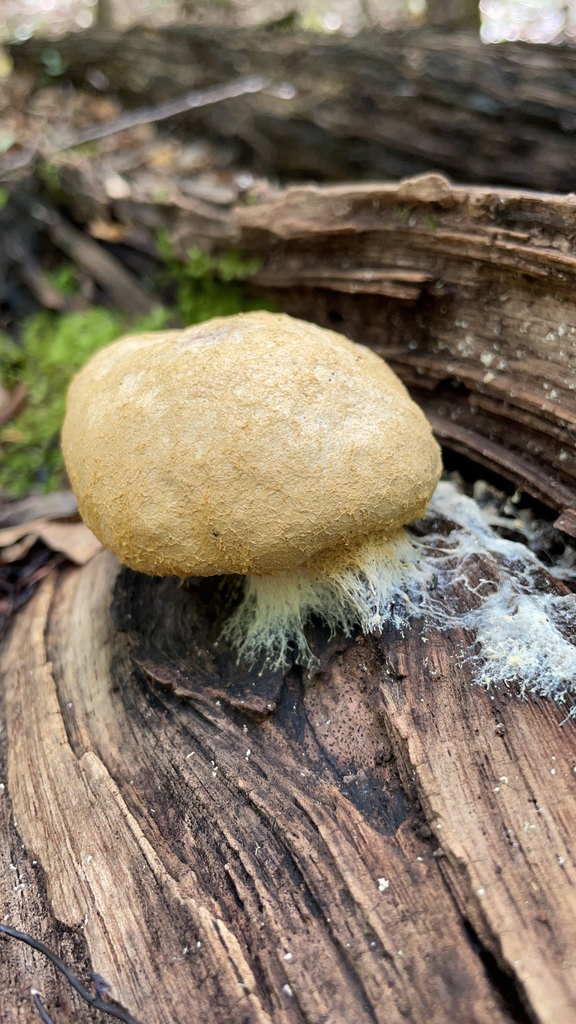
Fuligo septica is a species of plasmodial slime mold, and a member of the Myxomycetes class. It is commonly known as the scrambled egg slime, or flowers of tan because of its peculiar yellowish, bile-colored appearance. Also known as the dog vomit slime mold, it is common with a worldwide distribution, and it is often found on bark mulch in urban areas after heavy rain or excessive watering. Their spores are produced on or in aerial…
Ghost Pipes (Monotropa uniflora)
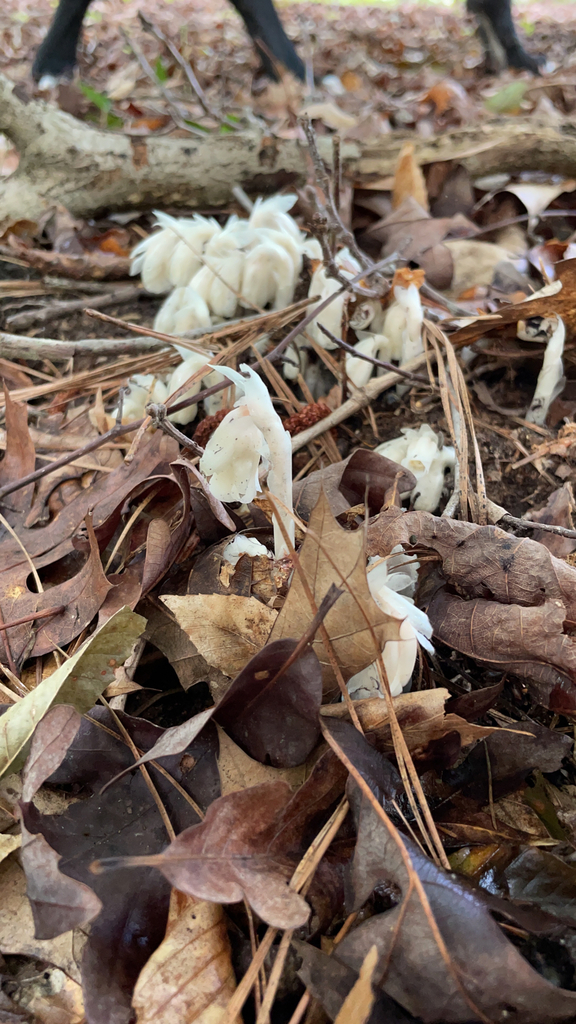
Monotropa uniflora, also known as ghost plant (or ghost pipe), Indian pipe or corpse plant, is a herbaceous perennial plant native to temperate regions of Udmurtiya in European Russia, Asia, North America and northern South America, but with large gaps between areas. It was formerly classified in the family Monotropaceae; however, it has now been included within the Ericaceae. It is generally scarce or rare in occurrence.

Agalinis purpurea (known by common names including purple false foxglove and purple gerardia) is an annual forb native to the eastern United States and Canada, which produces purple flowers in late summer or early fall.
shining sumac (Rhus copallinum)
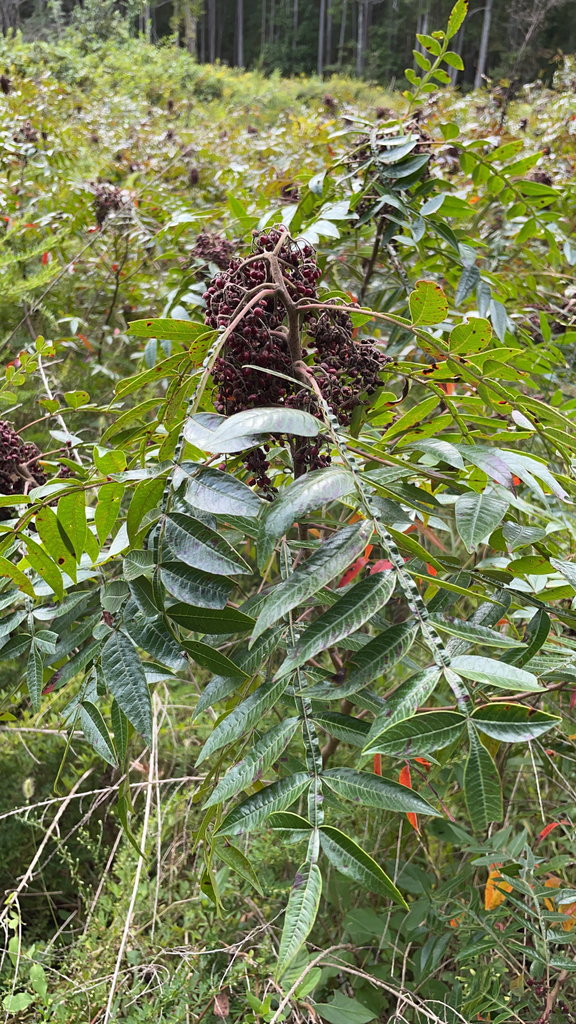
Rhus copallinum (Rhus copallina is also used but, this is not consistent with the rules of the International Association for Plant Taxonomy), the winged sumac, shining sumac, dwarf sumac or flameleaf sumac, is a species of flowering plant in the cashew family (Anacardiaceae) that is native to eastern North America. It is a deciduous tree growing to 3.5–5.5 metres (11–18 ft) tall and an equal spread with a rounded crown. A 5-year-old sapling will st
A walk with the dogs by Wade’s World
Walking the park with Bella (12 years) and Juice (18 months).
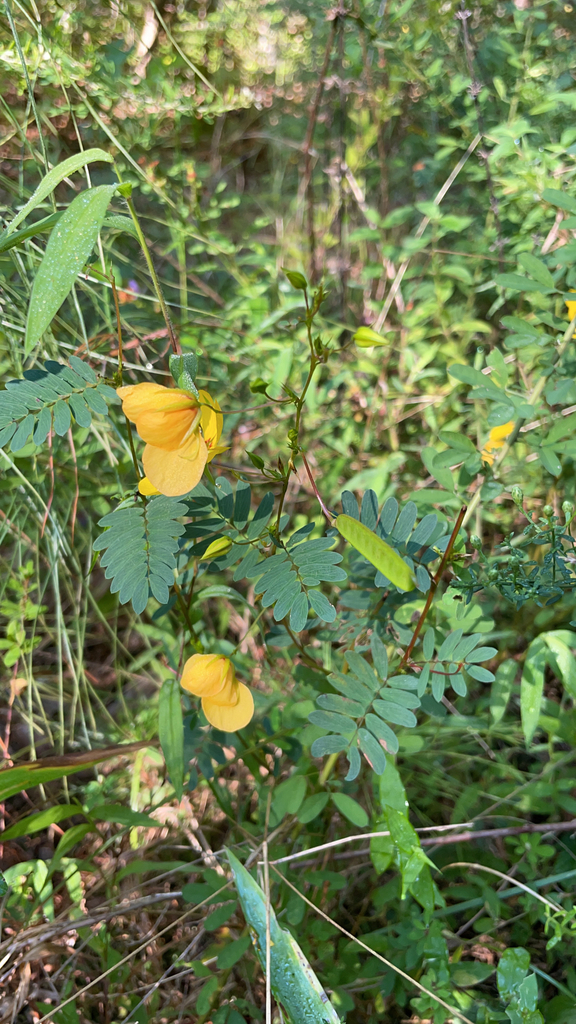
Chamaecrista fasciculata, the partridge pea, is a species of legume native to most of the eastern United States. It is an annual which grows to approximately 0.5 meters tall. It has bright yellow flowers from early summer until first frost, with flowers through the entire flowering season if rainfall is sufficient.
downy lobelia (Lobelia puberula)

Lobelia puberula, or downy lobelia, is a perennial herbaceous wildflower in the Bellflower family (Campanulaceae) native to eastern and south central United States. It is the most common blue-flowered Lobelia in the Southeast. It grows in mesic (moderate moisture) to hydric (moist) habitats in sun or partial shade.
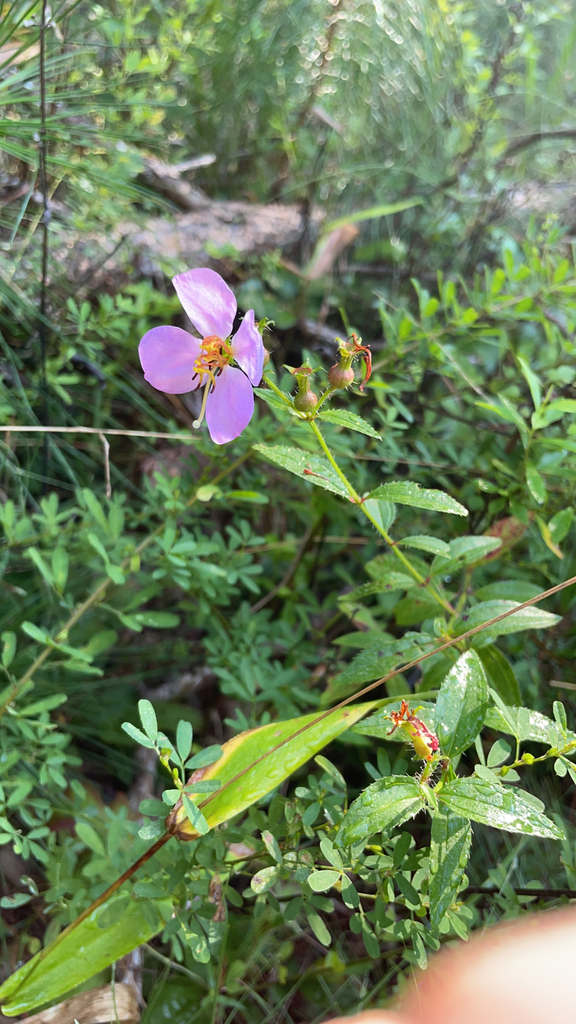
Rhexia mariana is a species of flowering plant in the Melastomataceae known by the common name Maryland meadowbeauty. It is native to the eastern and lower midwestern United States.